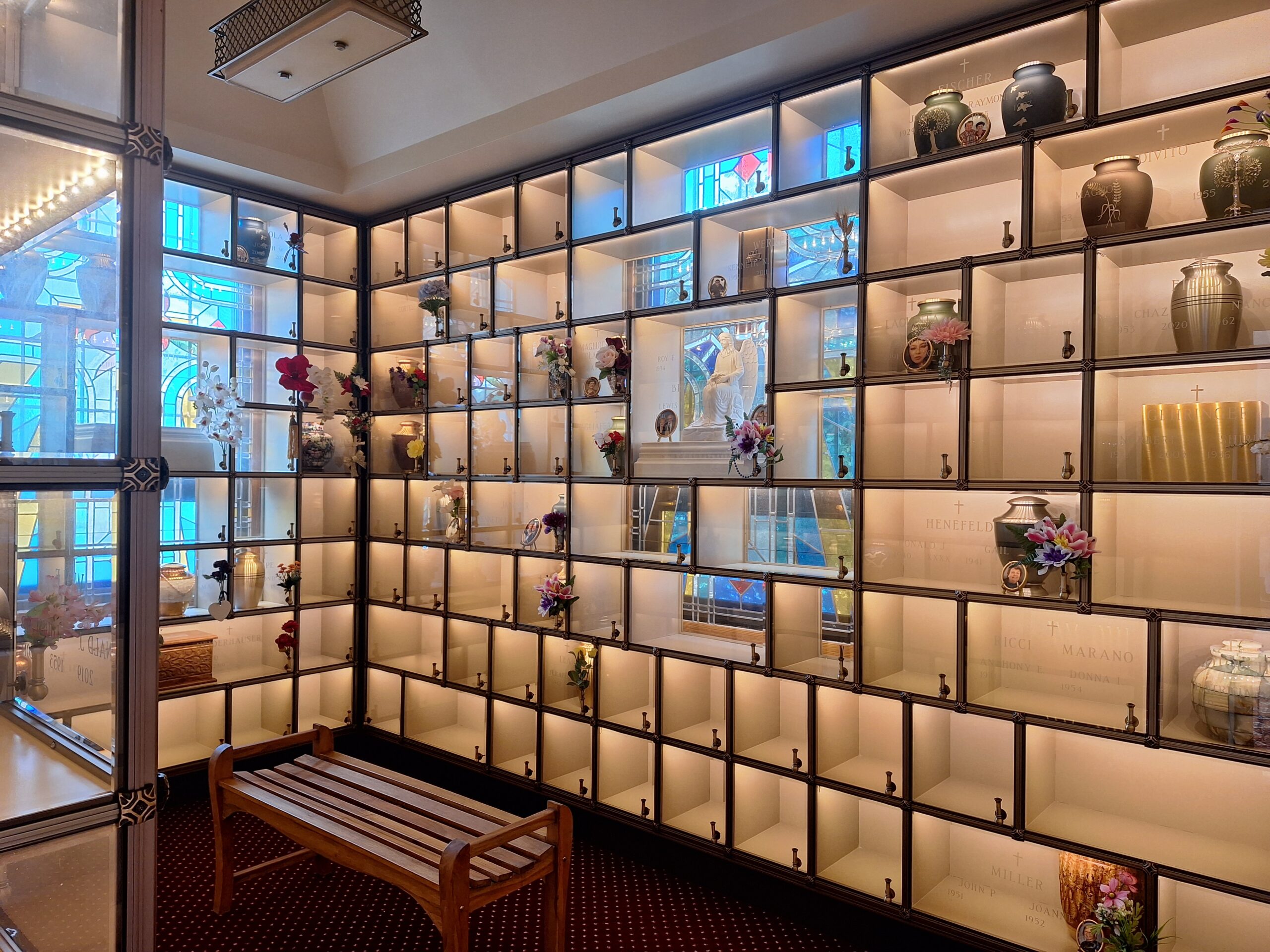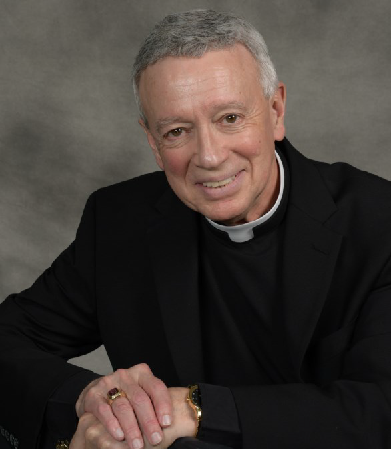Cremation Regulations: Pastor’s Perspective

There continues to be confusion about the topic of cremation, so we take this opportunity to clarify the matter.
For many centuries, the Church prohibited cremation because there was a time when burning a human body was considered to be an act of desecration. The body was created by God as sacred (see Genesis 1:27 and 2:7) and for this reason we respect the body throughout its life, and we honor it with proper disposal after death.
The Catechism of the Catholic Church now says: “The bodies of the dead must be treated with respect and charity, in faith and hope of the Resurrection. The burial of the dead is a corporal work of mercy; it honors the children of God, who are temples of the Holy Spirit.” (#2300)
It goes on to say: “Autopsies can be morally permitted for legal inquests or scientific research. The free gift of organs after death is legitimate and can be meritorious. The Church permits cremation, provided that it does not demonstrate a denial of faith in the resurrection of the body.” (#2301) It must be noted, however, that the disposition of the cremains (ashes) are not left to the discretion of family members, next of kin, executors, etc. They continue to be the body, and therefore must be respected as such. The ashes must either be buried in a proper grave, or be entombed in a columbarium (mausoleum niche). They may not be scattered, nor can they be divided up among family members or placed in items of jewelry. This could not be done before cremation, so it cannot be done after.
Here at Our Lady of Mount Carmel Parish we make those in charge of funeral arrangements aware that the cremains must be either buried or entombed.

Reverend John R. Rishofsky
Pastor at Our Lady of Mt. Carmel Parish
